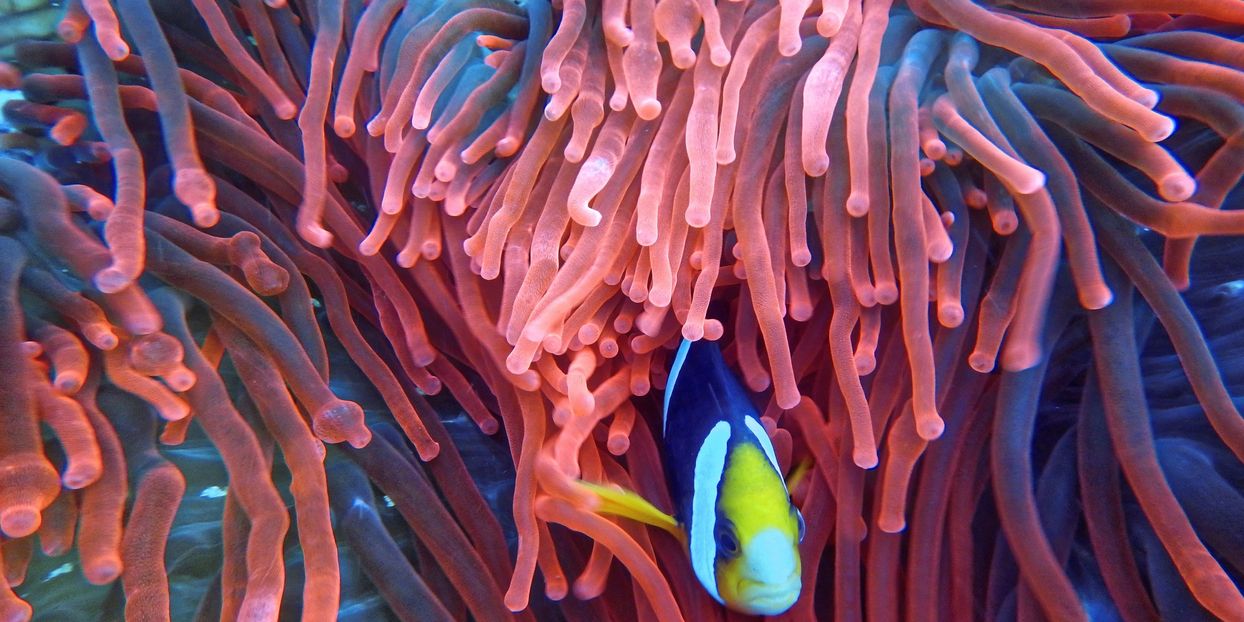
10 Must Dos from Biodiversity Science 2022
We are calling for policymakers worldwide to take in the scientific knowledge synthesized in the 10 Must Knows from Biodiversity Science 2022 to inform much needed policies. At the UN Biodiversity Conference in Montreal in December 2022, your decisive action is needed to halt the man-made extinction of species and to strengthen biodiversity. The 10MustDos22 are intended to support you in taking such action by proposing solutions that can be implemented with immediate effect.
Find corresponding literature references at "Read more".
MustDo 3: Did you know that artificial light is one of the most important drivers of global change, making nights 2 to 6% brighter every year [1]?
We call for the widespread reduction of artificial light around fauna-flora-habitat areas (FFH areas). Artificial light emissions are increasingly impacting protected areas [2]. They threaten ecological linkages and interactions among and within biological communities [3]. Additionally, these and other anthropogenic emissions violate the Habitats Directive. At the same time, protected areas must be systematically planned in a way that includes research findings on the invisible biodiversity of soils, sediments and waters. These communities play an important role in the connectivity and health of ecosystems.
12/05/2022
[1] Kyba et al. (2017). Artificially lit surface of Earth at night increasing in radiance and extent. Sci. Adv. doi:10.1126/sciadv.1701528
[2] Mu et al. (2021). Evaluation of light pollution in global protected areas from 1992 to 2018. Remote Sensing, 13(9), 1849. doi:10.3390/rs13091849
[3] Sordello et al. (2022). A plea for a worldwide development of dark infrastructure for biodiversity – Practical examples and ways to go forward. Landscape and Urban Planning. doi:10.1016/j.landurb- plan.2021.104332
[4] van Rees et al. (2021). Safeguarding freshwater life beyond 2020: Recommendations for the new global biodiversity framework from the European experience. Conservation Letters. doi:10.1111/conl.12771
